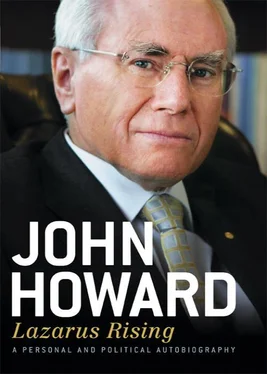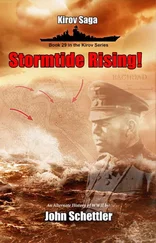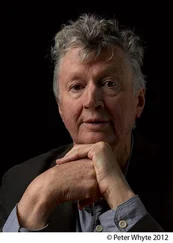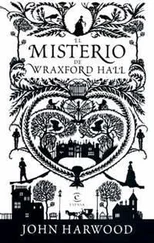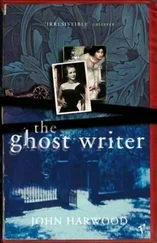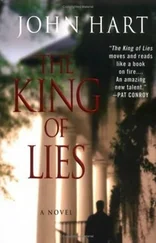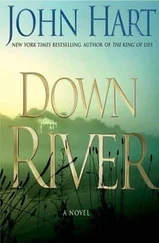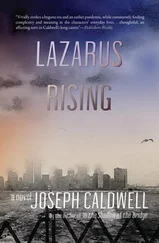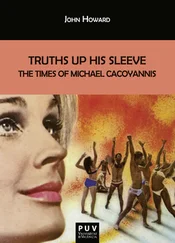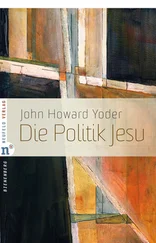Separately, the federal member for Groom in Queensland, Tom McVeigh, withdrew from the federal parliamentary National Party. There were rumours at the time that McVeigh had been offered a job by Bjelke-Petersen in return for vacating his very safe Darling Downs electorate in favour of the Premier.
In directing the parliamentary Nationals to leave the Coalition, and threatening their endorsements if they did not do so, the Queensland Nationals were doing something which for decades both the Liberal and National parties had publicly held against the Labor Party. Dictation from unelected party bosses had been a characteristic of the Australian Labor Party in the 1950s and ‘60s.
To people such as Doug Anthony, this thuggish behaviour by the unelected central council of the Queensland National Party was contrary to fundamental beliefs of the two coalition parties.
Speaking at the Sydney Rotary Club on 2 March, Doug Anthony said, ‘I cannot stomach the intimidatory (sic) action against sitting members of parliament. Threatening them with their preselection if they don’t obey the organisation is political blackmail … For 60 years, the party was proud of its parliamentary freedom and goodwill. For the Queensland organisation to direct and threaten elected members of parliament smacks of those features of the Labor Party we have always deplored.’ He went on to say that if the federal coalition were broken, ‘the mantle of blame would fall fairly and squarely on the Queensland National Party'. 4 He said it was absurd of the Queensland National Party to imagine it could ever win seats in metropolitan Sydney or Melbourne and that all that would occur would be the re-election of the Hawke Government. Doug Anthony understood precisely what was at stake.
The federal council met in Canberra on 27 March 1987. It resolved that it be left to the parliamentary Nationals to determine when they would withdraw from the Coalition. Many, me included, saw this as a real breakthrough, and perceived that the Queenslanders had backed off. We were wrong. All they had done was to embrace a tactical retreat. Time had been bought, so it was later claimed by Sparkes, the Queensland Nationals president, and others, to deny Hawke the option of an early election. If that was the reason then clearly it did not work.
The Queenslanders did not waste much time. The State Management Committee of the Queensland National Party met on 10 April and ordered its remaining 11 federal parliamentarians to leave the Coalition. This, of course, ignored the decision of the federal council to leave the timing of Coalition withdrawal to the parliamentary party. It was yet another illustration of how the Queenslanders held the National Party in the rest of the country in contempt. It was poetic justice that, in the end, this contemptuous indifference was the undoing of the whole Queensland enterprise.
I sensed that it would probably be short-lived, but I tried the tactic of holding together a remnant coalition. This was to consist of Nationals who remained committed to the Coalition, namely non-Queenslanders and Liberals. I announced a reshuffled shadow ministry with fewer National Party representatives.
Meeting on 28 April, the full parliamentary National Party rejected two of the stipulations I had made relating to meetings of the parliamentary Nationals as part of the deal I had concluded with Sinclair to keep a remnant coalition going. They regarded them as inconsistent with the continuation of their party as a separate parliamentary entity. Their reaction was understandable, but so had been mine: to do all in my power to preserve as much unity as possible between the two parties.
It was the Nationals who had broken the coalition. It had been the unwillingness of the parliamentary collective of National Party members in Canberra to defy the Queensland organisation which had brought about the crisis. If the Queenslanders in the federal parliamentary National Party had stood together and defied their party organisation and stayed in the coalition, there is no way that all of them would have lost their endorsements. If they had all displayed the fortitude of Stan Collard, who defended the right of the parliamentary members to decide these things, history would have been different. Instead they let him be picked off, and he alone lost his preselection.
At 8.30 pm on 28 April 1987, in Canberra, feeling very sad about it, I announced the end of the federal coalition. I said:
Mr Sinclair and I reached an agreement which was an honourable agreement. But because a few Queensland National Party members did not have the guts to stand up to the maverick Premier of Queensland, the National Party has broken that agreement and thus the National Party has brought an end to the Coalition. Therefore, the Liberal Party will now go all out to win government in its own right. If we fall short by a few seats of achieving that goal at the next election I will negotiate a new coalition agreement with the National Party so that we can get rid of the Hawke Government, form a new Coalition Government, and implement policies which will benefit all Australians. 5
They were brave words, uttered with much passion, but I knew in my heart just how difficult our predicament had become.
We were a spectacle of disunity and weakness. Labor could not have believed its extraordinary good fortune. The ‘Joh for PM’ push had sucked all the oxygen out of the air for me, my party and those parliamentary National Party members who were genuinely trying to concentrate on our main job, and that was to oppose and hopefully defeat the Hawke Government. Ian Sinclair had done his level best to save the Coalition.
It was an immensely dispiriting time for our supporters throughout the country. Constant preoccupation with the threat to the Coalition posed by the Queensland Nationals had rendered serious policy work virtually impossible. Not only was an enormous amount of my time, and that of other senior colleagues, focused on the Bjelke-Petersen issue, but the totally compromised independence of the parliamentary Nationals meant that they were in no mood to focus on, let alone commit to, particular policies.
The Queensland Nationals had achieved their negative objectives. They had wrecked the federal coalition and completely undermined Ian Sinclair’s leadership. They had gravely weakened my own position as alternative Prime Minister. Yet, with the exception of John Stone, the former Treasury secretary, they had not recruited any star or high-profile candidates willing to run under the Joh banner. None of the other prominent potential recruits mentioned from time to time materialised. Some made it plain they would not sign up with Bjelke-Petersen. One was Greg Chappell, the cricket great, who in a telephone conversation with me firmly ruled out any possibility of becoming a candidate for the Queensland Premier. The negative part had been accomplished fairly easily. The more difficult part of presenting as a credible alternative conservative force had not been achieved.
By contrast, Hawke continued to govern decisively. On 13 May the Treasurer delivered a major economic statement outlining a reduction of $4 billion in the prospective budget deficit. It gave the appearance of a government dealing directly with the economic challenges then facing Australia.
Hawke had been presented with the irresistible temptation to call an early election. He readily succumbed, and announced it at 5 pm on 27 May. It was a double dissolution, obtained on the strength of Senate rejection of the Australia Card legislation.
Not since its formation in 1944 had the Liberal Party of Australia faced a federal election in less propitious circumstances. Its 40-year coalition with the Nationals had been brutally broken. It had, for months, been racked by leadership speculation and, due in no small measure to these two factors themselves, had not completed enough policy work to go to the people with a comprehensive program, credibly costed.
Читать дальше
